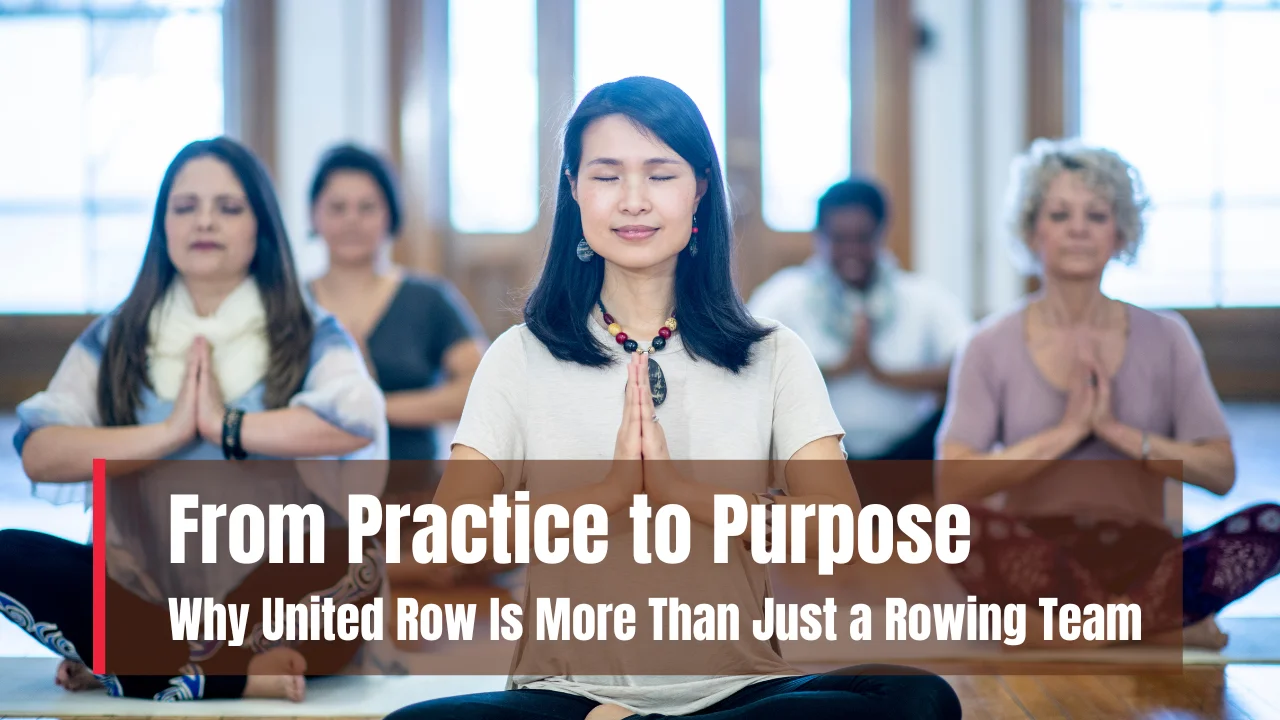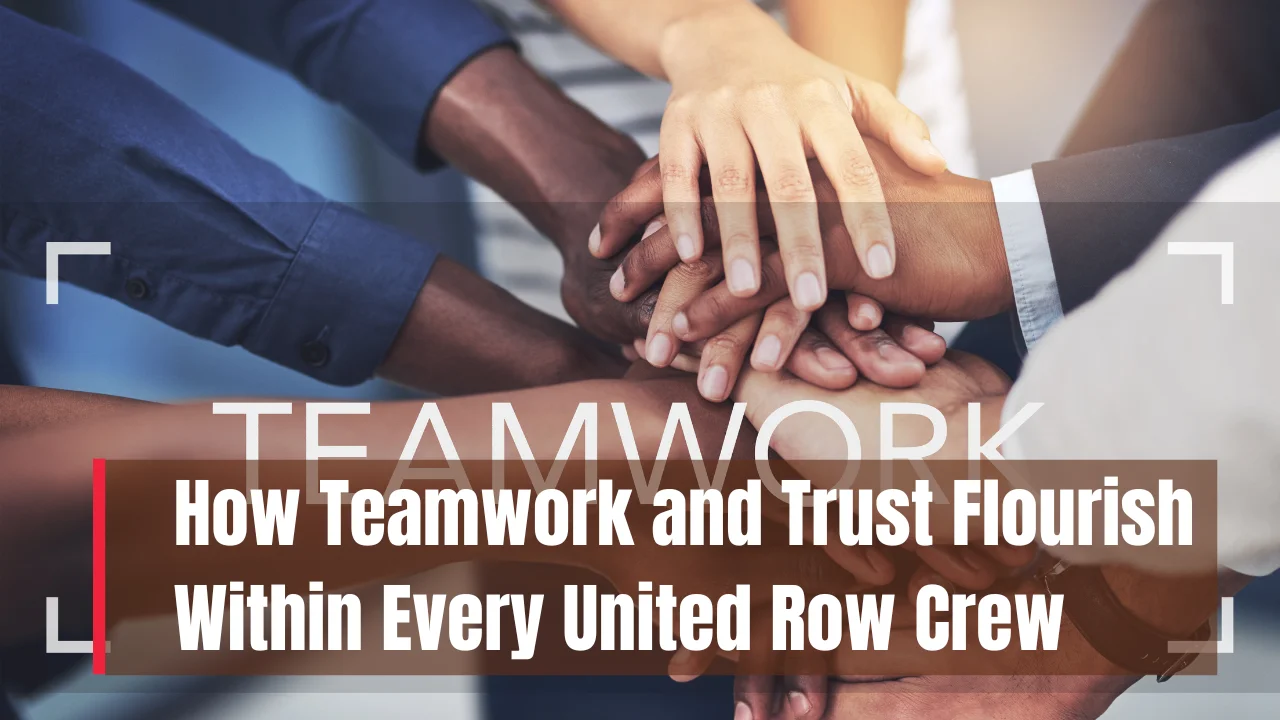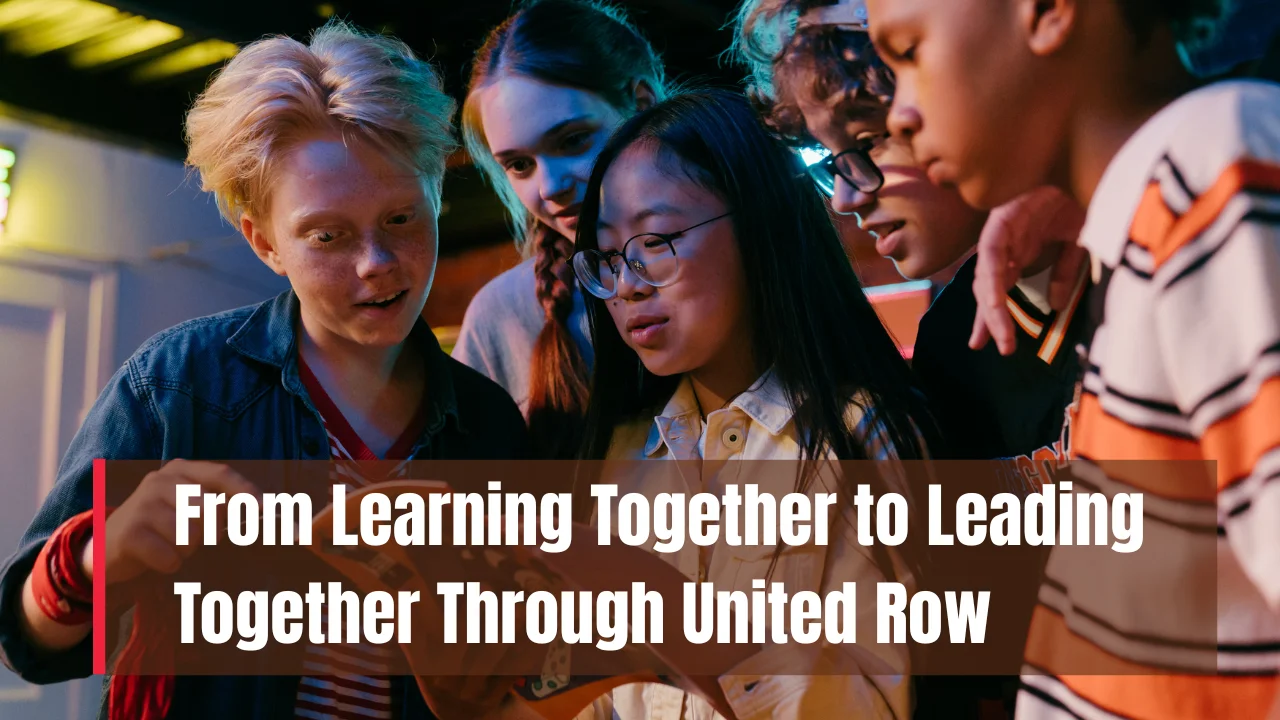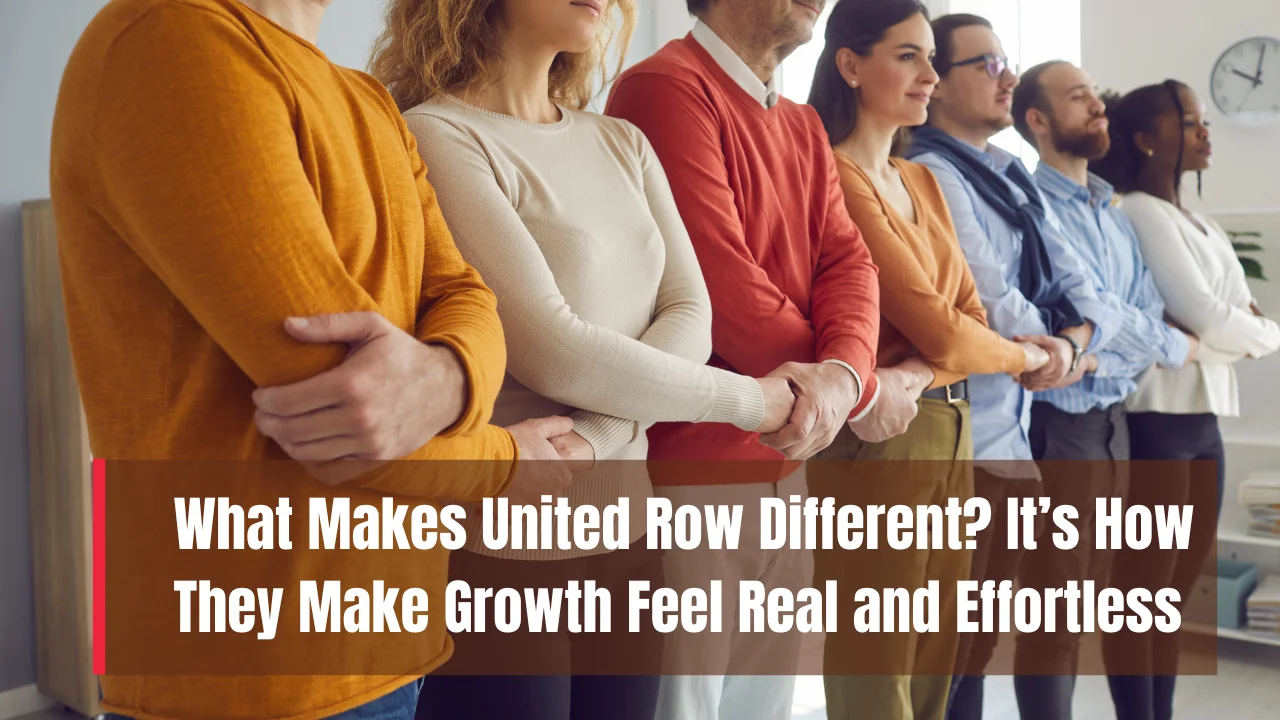From Shared Practice to Shared Purpose at United Row : From Shared Practice to Shared Purpose at United Row begins not with grand speeches, but with the simple act of showing up together day after day. In the early days, practice was about drills, endurance, and coordination. Over time, those routines evolved into something more meaningful: a shared purpose that binds rowers, coaches, and staff into a community united by values and mission.
In this article, I explore how United Row transforms habitual team culture into a vision-driven organization. You’ll see how leadership, trust, communication, belonging, and reflection all play a role. I also share practical steps and stories so you can apply these lessons in any setting—sport, workplace, or nonprofit.
From Shared Practice to Shared Purpose at United Row
From Shared Practice to Shared Purpose at United Row captures a deliberate transformation: shifting from synchronized drills and training routines to a collective mission that transcends performance. The rowing team doesn’t just pursue speed or medals—they strive to cultivate leadership, character, and community impact. Every practice session, feedback loop, and team ritual is tied back to a higher “why.” This integration of shared practice and shared purpose reshapes not only what the team does, but who they become. In doing so, United Row models how discipline, collaboration, and meaning can align toward long‑term growth, resilience, and a lasting identity rooted in values.
Overview Table
| Focus Area | Key Insight |
| Daily routines | Practice habits as building blocks of culture |
| Vision & mission | Clear purpose anchors every activity |
| Leadership roles | Rotating ownership invites deeper buy-in |
| Trust & belonging | Strong relationships fuel commitment |
| Meaning-making | Reflection links effort to life lessons |
| Handling tension | Purpose helps resolve conflicts |
| Rituals & storytelling | Symbols reinforce identity |
| Long-term impact | Purpose sustains through change |
What “Shared Practice” Means at United Row
“Shared practice” refers to the consistent, coordinated behaviors and routines that every team member participates in. At United Row, this includes daily warm-ups, stroke drills, end-of-session reflections, and rotating roles such as equipment lead or team liaison. These practices are not random—they are built to reinforce values like accountability, respect, and communication. Over time, the simple repetition of these shared practices shapes attitudes, norms, and expectations. In effect, what starts as physical work becomes the language of culture. The strength of practice lies not only in technical improvement, but in its power to embed the ethos of the team.
How Shared Practice Becomes Shared Purpose
Transitioning from shared practice to a deeper shared purpose involves intentional steps and subtle shifts in mindset. Here’s how United Row makes that leap:
Shared Vision & Mission
United Row crafts a clear vision that goes beyond competition. The mission includes developing leaders, fostering community, and promoting personal growth. When everyone knows why they row—and not just how—their effort finds greater meaning.
Distributed Leadership & Ownership
Rather than power being centralized, leadership roles rotate. One week a rower leads the warm-up, another week someone else guides post-practice reflection. This distributed model helps members invest in the mission, feeling agency rather than just compliance.
Deep Relationships & Trust
Trust is nurtured through vulnerability and consistent support. Shared challenges—physical fatigue, technical struggles—forge bonds. Team members learn to count on each other, strengthening the emotional core of the team.
Reflection & Meaning-Making
United Row structures pauses for reflection: after races, during retreats, or at difficult turning points. The goal is to draw lessons—resilience, discipline, compassion—and connect them to life beyond rowing. This kind of intentional meaning-making converts repetition into stories.
Resolving Tension with Purpose
Any group faces conflicts—different goals, ego clashes, efforts out of sync. With a well-understood shared purpose, tension becomes an opportunity to realign rather than fracture. Purpose acts as a north star when decisions get messy.
Benefits of the Purpose-Driven Culture
A culture rooted in shared purpose brings these advantages:
- Alignment: Decisions, resource allocation, and behavior follow the same guiding principles.
- Resilience: In hard times—injuries, losses, setbacks—the shared purpose sustains morale.
- Stronger retention: Team members stay longer when they feel part of something bigger than themselves.
- Authentic teamwork: Beyond coordination, there is empathy, encouragement, and mutual support.
- Ripple effects: Values learned in rowing carry into academics, family, and community life.
Two Key Practices That Bridge Practice & Purpose
- Narrative Anchoring (Storytelling Rituals): United Row weaves stories of past team members, turning points, or mission moments into regular conversation. These shared narratives help anchor the purpose in memory and identity.
- Ceremonial Recognition: At pivotal moments—end of season, milestone achievements, challenging regattas—the team pauses to acknowledge growth, failures, and contributions. These rituals reinforce belonging and purpose.
Challenges & How United Row Navigates Them
Even with the best intentions, aligning practice and purpose brings challenges:
- Routine without meaning: When practices become mechanical, purpose can fade. United Row counters this by frequently revisiting mission statements and inviting feedback.
- Individual vs group goals: Some rowers may focus more on personal records than character growth. Open conversations about priorities help reconcile or realign goals.
- Unequal participation: Not everyone steps into leadership easily. Mentoring, coaching, and gradual role introduction help build confidence.
- Burnout risk: Intensely driven cultures can strain individuals. The team incorporates rest, mental health check-ins, and pacing to protect against exhaustion.
Implementation Steps You Can Apply
- Define your mission: Gather the team and jointly craft a clear purpose statement.
- Map practices to purpose: For every routine—warm-up, planning, debrief—ask how it serves your shared mission.
- Rotate leadership roles: Let different members lead sessions or tasks.
- Build reflection moments: Insert structured pauses—journaling, group sharing, story circles.
- Create rituals: Celebrate, acknowledge, tell stories regularly.
- Monitor alignment: Use feedback loops to revisit whether routines still feel meaningful.
- Balance drive and rest: Purpose drives energy—but sustainable effort demands care and renewal.
Final Thought
From Shared Practice to Shared Purpose at United Row is not a destination—it is a living, evolving journey. It demands consistency, vulnerability, and courageous conversations. But for teams willing to invest, the payoff is more than wins or faster times. You gain identity, resilience, and a culture that nourishes each person. Whether you’re in sport, education, or an organization, the principle holds: practice without purpose is hollow, and purpose without practice is inert.
If you lead or belong to a team, ask: what daily routines point us toward meaning? What rituals reinforce who we are? I invite you to try simple steps—read together, rotate leadership, reflect—and watch small habits turn into lasting purpose. Please share your stories, questions, or challenges below. If you like, I can help you adapt these ideas for your own team or setting.












